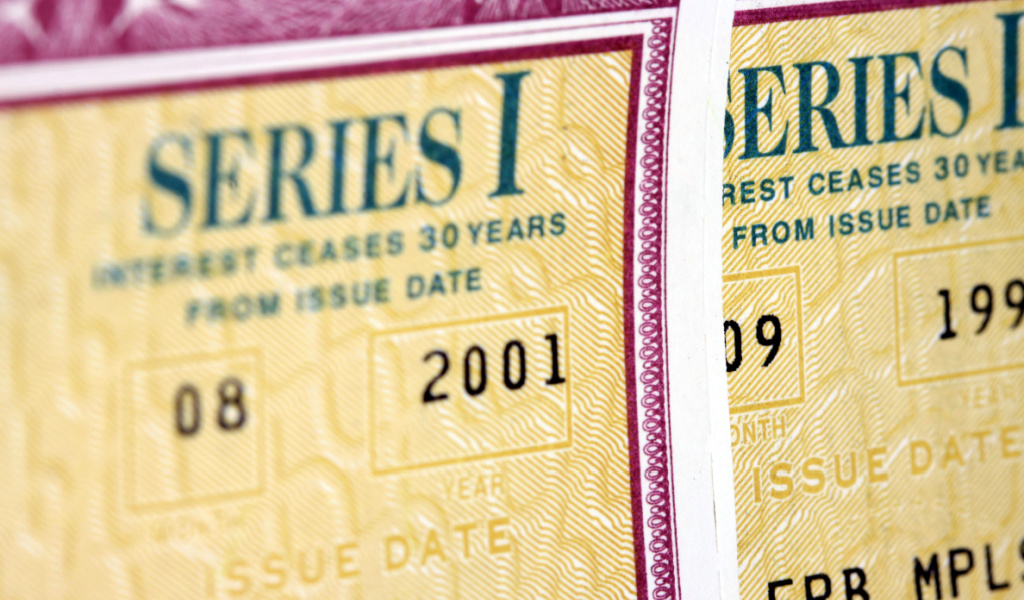Budgeting is one of the best resources available to ensure that you not only stay out of financial trouble but to also help you save money for a rainy day. A successful budget can be your means to an end goal like saving for a dream vacation, buying a home, starting a business, or even simply paying your bills on time.
But while it seems simple enough to talk about making a budget, most people find themselves scratching their heads when it comes to actually doing it. A budget that is not realistic or properly planned is bound to fail, so getting it right is important.
Don’t worry, it’s not as complicated as it sounds – just follow these 7 simple steps and you’re good to go!
1. Make a List of Your Expenses
The first step to making a budget is finding out how much you’ve actually been spending every month. Go through bank statements, receipts, and financial files to make a list of all the things you spend money on. Certain expenses like insurance payments may be intermittent, so it would be better to calculate an average for 6 months or a year and then divide it to get the per month cost.
Make sure to make a note of each and every bit of spending, because an unaccounted-for bill can really derail a budget. Adding up ALL of your expenses is key to drawing up a realistic budget. It’s also important to add an extra 10-15% in your budget to cover any unexpected payments, like sudden car repairs or unexpected home maintenance costs.
2. Calculate Your Total Income
Now that you know how much money you spend on an average basis per month, it’s time to find out how much income you actually make per month. This may seem obvious if you get a monthly salary, but you also need to take into account the money you make through things like cash gifts, selling off used items, etc. You should also add in any alimony, child support, rental income, dividends received, etc. Again, if these payments don’t come monthly, take the average for 6 months/yearly and then divide to get the per month amount. Once you’ve added everything up, you have your total monthly income.

3. Compare Your Expenses Against Income
You know how much you make and how much you spend every month – obviously, one of these figures needs to be higher than the other. If your income is higher, then you have a budget overage, and if your spending is higher, you have a budget shortfall.
If you’re making more than you spend – great! This extra amount can be set aside as savings or to pay off any debt. But if you find that your expenses are exceeding your total income, this is a problem that needs to be fixed.
4. Nick Unnecessary Costs
This step is crucial if you find that your budget has a shortfall. You cannot pull money out of thin air, so you need to cut down on your expenses. Go back to step one and consider which of your expenses seem ‘unnecessary’. If you deem them all to be of value somehow, mark down the ones which are least likely to disrupt your day-to-day life.
In reality, most of us spend money without thinking about it. These expenses come in the form of a cup of coffee on your way to work or grabbing an extra side of fries at lunch – seemingly small or insignificant but can add up over time. Even spending an extra $5 dollars per week can add a whopping $260 to your yearly spending!
Even if you find that you make enough money to cover all your expenditure, it’s always a good idea to go over unnecessary spending habits. This will give you more money to save/make investments that’ll pave the path for a brighter and more secure future. A good rule of thumb is to ensure that at least 10-20% of your income is left over every month to go into your savings account.

5. Consider Increasing Your Income
Just like everyone can benefit from cutting costs, everyone can benefit from finding ways to increase your income. But this is especially important if you find that your expenditure is too high to fit into your income or if you have nothing left over to put into your savings.
There are plenty of ways to make money on the side without putting too much of a strain on your lifestyle. You could take up freelance jobs that have flexible work schedules, take up delivery jobs that you can fulfill on your way to and from work, etc. Or if you have extra income, consider investing it in something. Get creative and remember that every little bit counts!
6. Track Spending and Progress
After drawing up a budget, it is now time to implement it. The best way to keep to your budget is by tracking every single payment and income. With the technology of today, it is easier than ever to do this with a plethora of apps to choose from. And since we always have our phones with us, it’s no hassle at all! Many of these apps will even allow you to join your account with a partner/family member so everyone is up to date on the budget. Entering every bit of money you spend will help curb unnecessary spending, and it keeps you motivated when you keep track of reaching savings goals.

7. Be Realistic and Flexible
Cut yourself some slack once in a while! Being realistic about your budget means also understanding that you might go over it once in a while. If you find that you spent more than you intended to on something, you can try to cover it up by reducing spending on something else. Went over budget for eating out this weekend? Maybe you can stay in and have a game night next weekend.
But it’s also fine if you don’t want to do that. You may want to splurge on a short vacation or buy something nice for yourself. As long as it doesn’t happen every single month, you don’t need to stress about it. Think about it as a reward for sticking to your budget most of the time. In fact, it might even help to factor in a little bit of money to get yourself a reward every month if you manage to keep your other expenses under ‘x’ amount.



